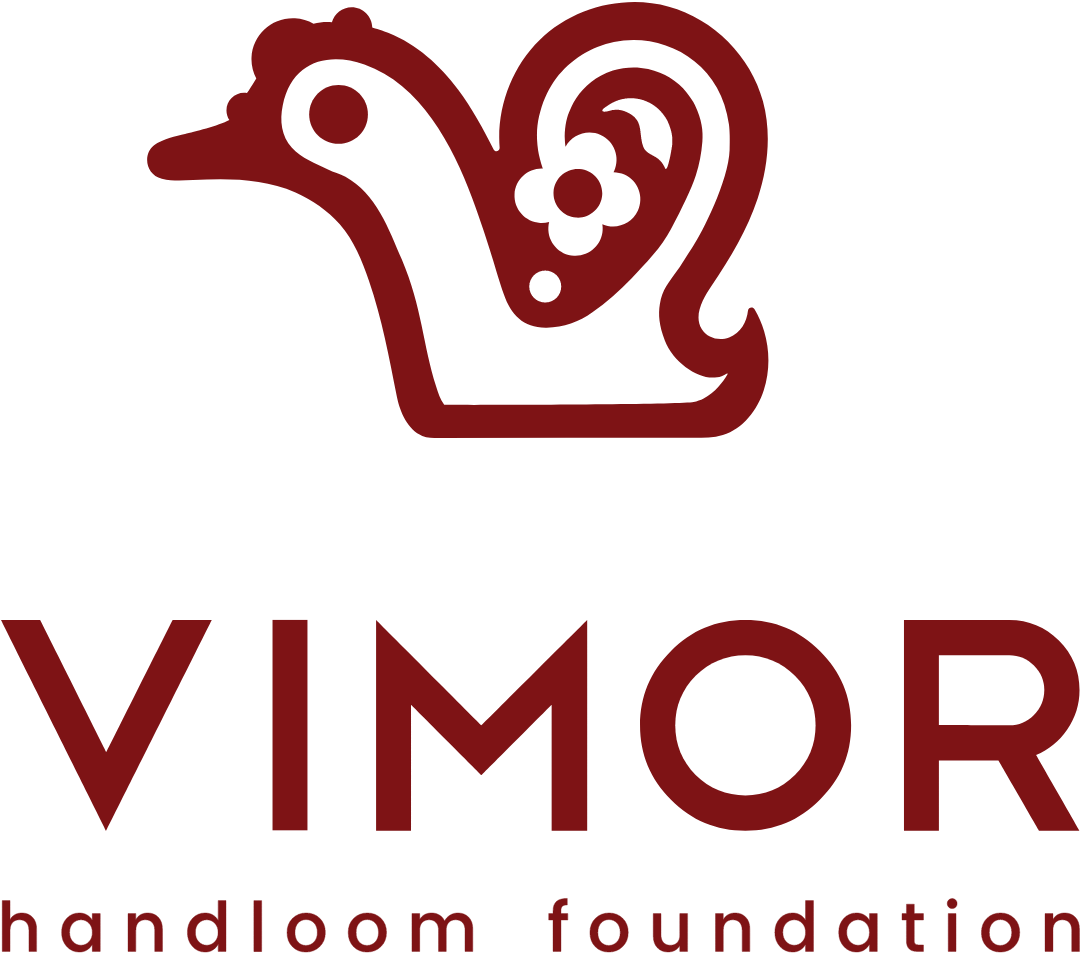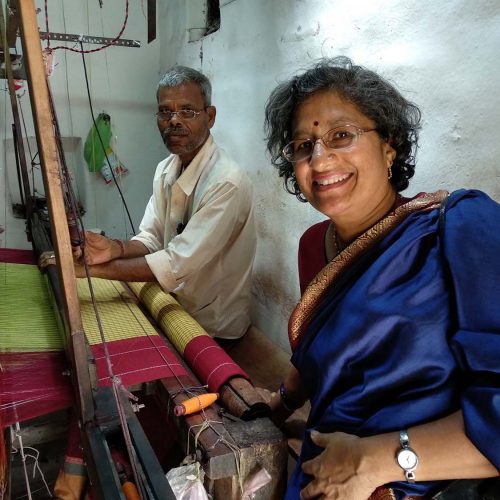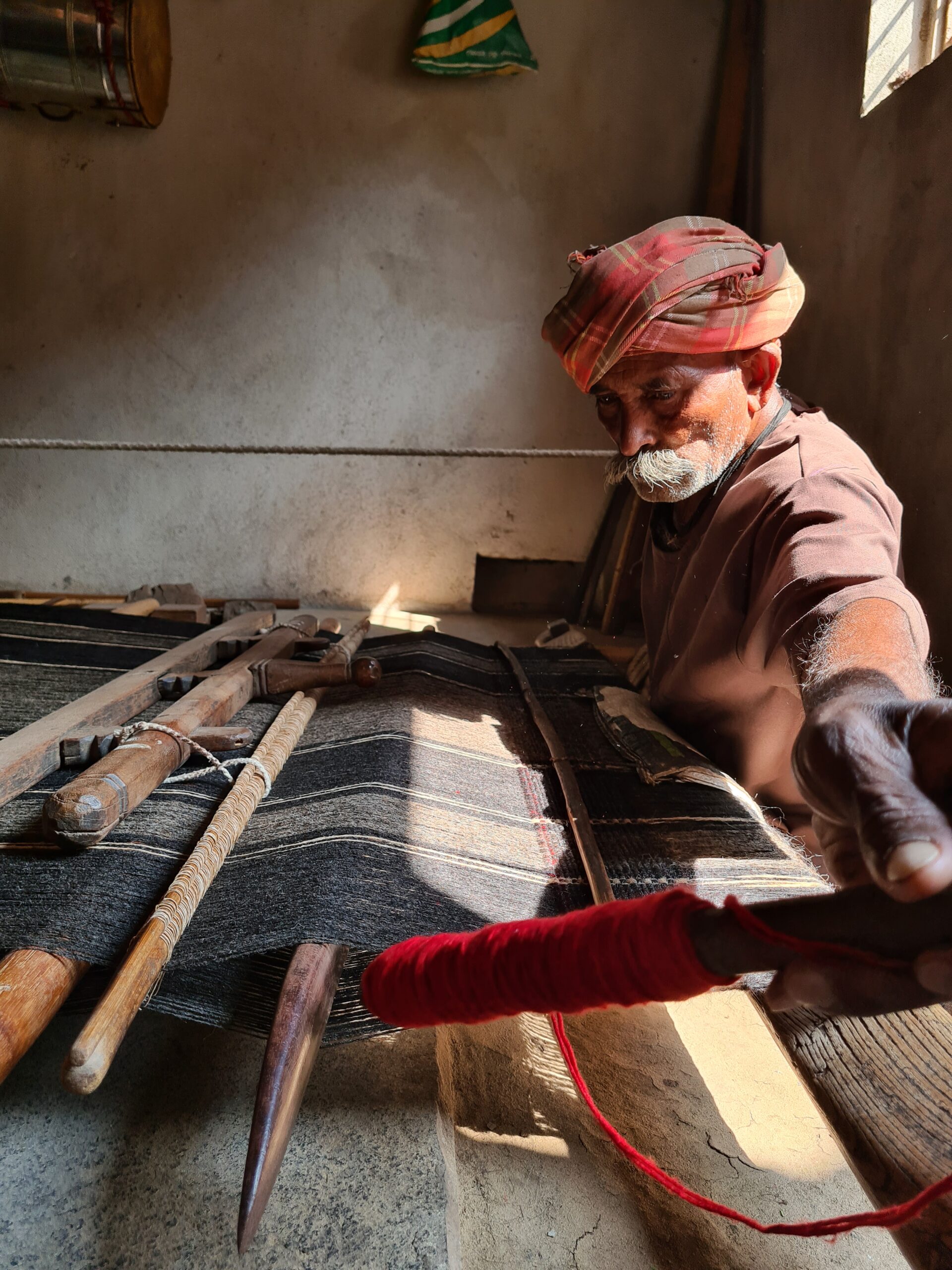With a focus on environmental sustainability, the Foundation aims to set up research and development in textile designing. This centre would document knowledge and innovative practices in reducing, reusing and recycling textile waste.
India has a rich diversity in weaving patterns and techniques but most of the knowledge and skill is dying because of lack of awareness and patronage for the art from the wider public. To conserve and add value to India’s heritage and to the existing knowledge bank, is the need of the hour. This rich compendium of knowledge will enable future generations to learn and assimilate the knowledge across regions to create one’s unique style and identity.
The synthetic textile industry is one of the largest greenhouse gas emitters, amounting to about 5% of the total carbon footprint. Environmental consciousness has been an important feature of Vimor philosophy of its approach to textile design, using upcycled waste yarn and fabrics to create sarees. With a focus on environmental sustainability, the Foundation aims to set up research and development in textile designing. This centre would document knowledge and innovative practices in reducing, reusing and recycling textile waste.
We need to document local oral histories from the village elders to understand what could have been lost in terms of fabric and practises. This enables weavers and artisans to build ownership and then take up possible production to continue forgotten techniques.


